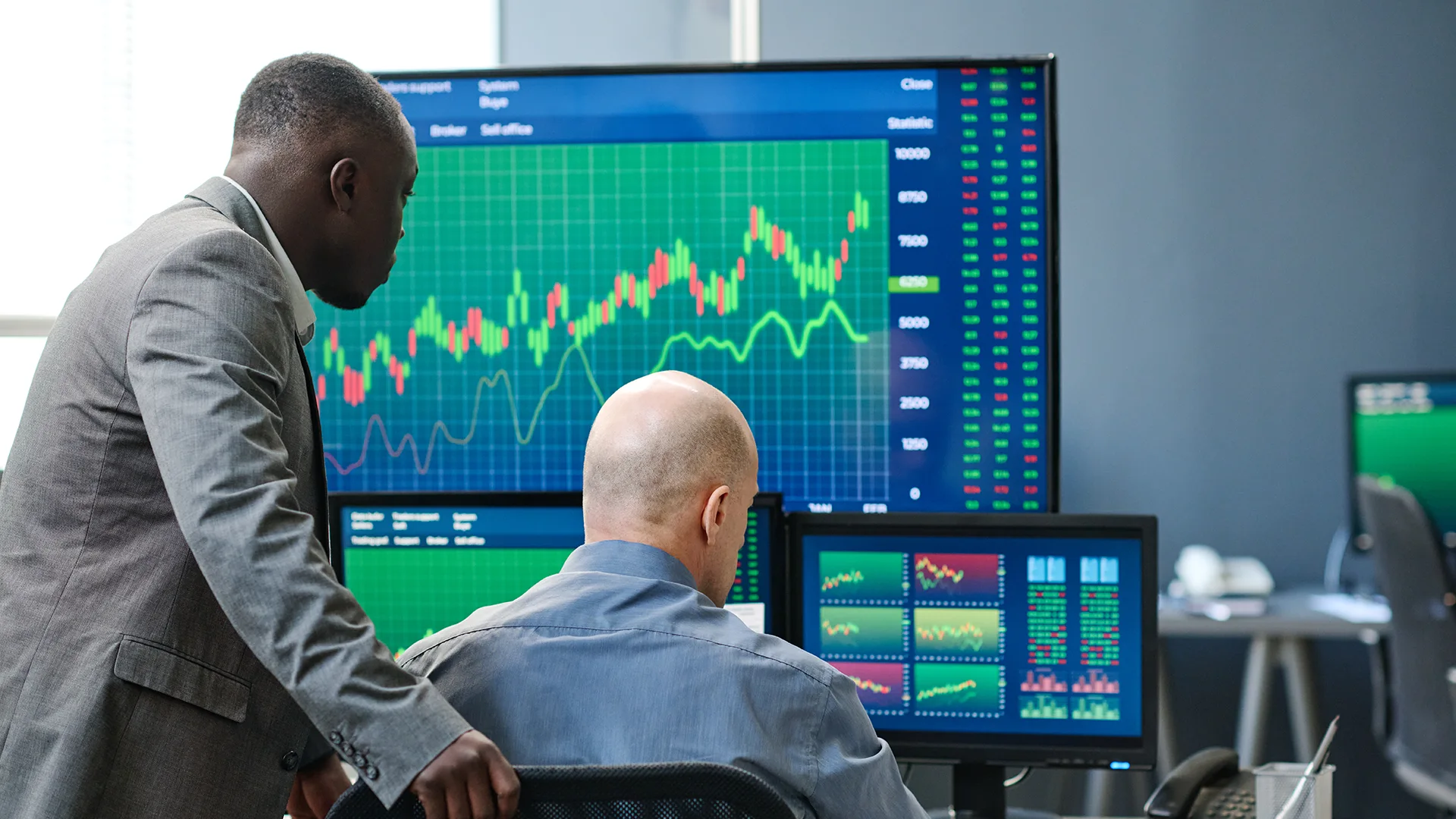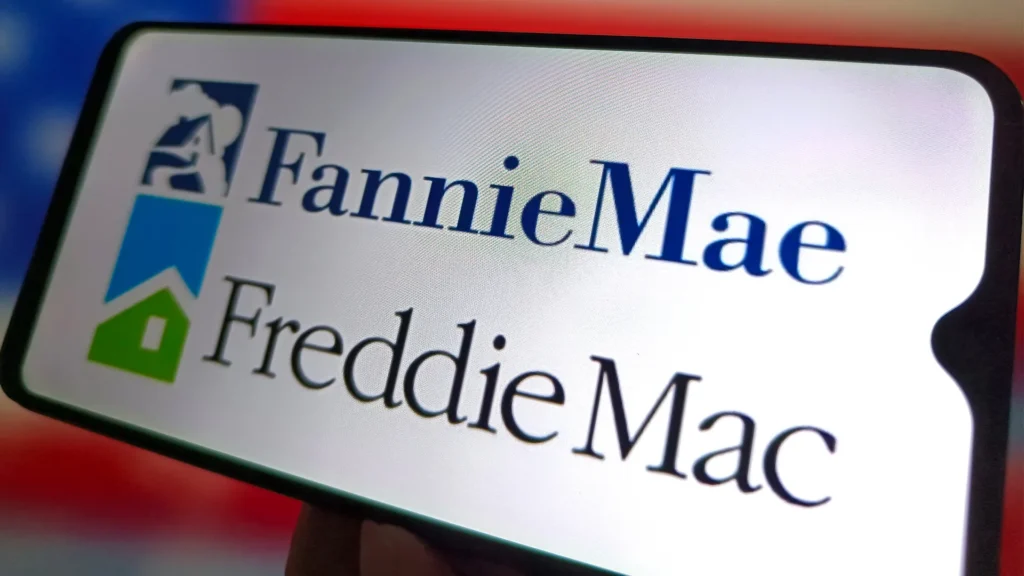Artificial intelligence is revolutionizing the world of finance, with AI-driven quantitative trading now managing over $20 trillion in assets globally. This rapid growth underscores the growing reliance on AI-powered systems to analyze vast amounts of market data, identify trends, and execute trades with unprecedented speed and accuracy.
In this blog, we explore the top strategies that are shaping the future of AI quantitative trading, helping traders and financial institutions stay ahead in an ever-evolving market landscape.
What is Quant Trading?
Quantitative trading, often referred to as quantitative trading, is a sophisticated approach that utilizes mathematical models and trading algorithms to inform decisions and execute trades in financial markets. This method relies heavily on data analysis, statistical techniques, and computational power to identify profitable trading opportunities and manage risks effectively.

In recent years, AI trading, also known as algorithmic or algo trading, has surged in popularity. The integration of artificial intelligence and machine learning technologies allows traders to analyze vast amounts of historical and real-time data quickly and accurately. These advanced AI-powered systems can predict market trends and adapt to changing market conditions, giving traders a significant competitive edge.
One specialized form of quant trading is high-frequency trading (HFT), which involves executing trades at extremely high speeds, often measured in microseconds, to capitalize on minor price discrepancies across markets. HFT requires sophisticated algorithmic trading systems capable of processing millions of data points in real time.
Quant trading is versatile and can be applied across various financial markets, including stock markets, foreign exchange (forex), and crypto markets. By leveraging AI and machine learning, traders can enhance their decision-making process, improve efficiency, and better manage market volatility.
Top 10 Quantitative Trading Strategies
1. Momentum Trading
Momentum trading focuses on capitalizing on the continuation of existing market trends. AI algorithms analyze historical and real-time market data to identify assets exhibiting strong upward or downward momentum.
By recognizing these patterns early, momentum strategies aim to enter trades that ride the trend until signs of reversal appear. This approach benefits from AI’s ability to process vast datasets quickly and adapt to changing market conditions, enabling timely trade execution.
2. Mean Reversion
Mean reversion strategies are based on the assumption that asset prices will eventually return to their historical average or mean. AI-powered systems detect when prices deviate significantly from their typical range and predict a reversal back toward the average.
These strategies often use statistical models combined with machine learning to identify overbought or oversold conditions, allowing traders to capitalize on temporary market inefficiencies.
3. Statistical Arbitrage
Statistical arbitrage involves exploiting price discrepancies between related financial instruments. AI algorithms analyze correlations and co-movements across multiple assets to identify pairs or groups that deviate from their historical relationships.
When such divergences occur, the strategy executes trades designed to profit from the expected convergence, often involving simultaneous long and short positions to hedge risk.
4. Machine Learning-Based Predictive Models
Machine learning models leverage vast amounts of historical and real-time market data to forecast future price movements and market trends.
These models, including neural networks and reinforcement learning, continuously learn and improve their predictions by identifying complex, non-linear relationships within the data. This adaptive capability allows for the development of sophisticated trading strategies that can adjust to evolving market dynamics.
5. Risk Management Strategies
Effective risk management is integral to AI quantitative trading. Strategies include setting stop-loss orders, position sizing, and portfolio diversification to limit potential losses and protect gains.
AI systems dynamically adjust these parameters based on market volatility and sentiment analysis, ensuring that trading decisions align with the trader’s risk tolerance and prevailing market conditions.
6. Sentiment Analysis Integration
Incorporating sentiment analysis into trading strategies enables AI systems to assess market sentiment by analyzing financial news, social media, and other textual data sources through natural language processing.
This insight helps predict market reactions to events and shifts in sentiment, enabling traders to anticipate market swings and adjust their positions proactively.
7. Reinforcement Learning Strategies
Reinforcement learning enables AI trading systems to learn optimal trading actions through trial and error by maximizing cumulative rewards.
These strategies adapt over time by receiving feedback from market outcomes, improving decision-making processes without explicit programming for every scenario. This approach is particularly effective in dynamic and volatile markets.
8. Multi Asset and Multi Market Strategies
AI quantitative trading often involves analyzing and trading across various financial markets and asset classes simultaneously, including stocks, forex, and crypto markets.
By leveraging AI’s ability to process multiple data streams in real-time, traders can diversify their portfolios and capitalize on opportunities as they arise, thereby enhancing overall performance and reducing risk exposure.
9. High Frequency Trading (HFT)
High frequency trading utilizes AI driven algorithmic systems to execute a large number of trades at extremely high speeds, often within microseconds. These strategies capitalize on minor price discrepancies and market inefficiencies across various markets.
AI’s processing power and speed enable HFT systems to operate effectively, managing vast volumes of data points and executing trades with minimal latency.
10. Portfolio Optimization
AI-powered portfolio optimization combines various trading strategies and asset allocations to maximize returns while minimizing risk.
Using predictive models and real-time data analysis, AI systems dynamically rebalance portfolios according to market conditions, risk tolerance, and investment goals. This holistic approach ensures a balanced and adaptive investment strategy aligned with trader objectives.
Data-Driven Trading
Data mining is fundamental to AI quantitative trading. It involves extracting valuable insights and identifying patterns from large datasets, including price histories, trading volumes, and economic indicators. This data-driven approach enables traders to make informed decisions based on empirical evidence rather than intuition.

Natural language processing (NLP), a branch of AI, is increasingly used to analyze financial news, social media posts, and other textual data sources. By gauging market sentiment through NLP, traders can assess the market’s mood and predict its potential impact on asset prices.
AI tools are capable of analyzing multiple markets simultaneously, providing real-time analysis that helps traders identify emerging trends and opportunities across various asset classes. This capability is especially valuable in today’s fast-paced financial environment, where market conditions can change rapidly.
Quantitative trading relies heavily on accurate data interpretation to minimize the impact of human error and emotional bias. By relying on objective data analysis, traders can maintain discipline and consistency in their trading decisions.
AI Powered Trading
AI trading bots utilize machine learning algorithms to develop predictive models that forecast market trends and asset prices. These models continuously learn from new data, improving their accuracy over time and adapting to evolving market conditions.

AI-powered trading systems can process vast amounts of data in real time, recognizing complex patterns that may be invisible to human traders. This ability allows for faster and more precise decision making, which is critical in competitive markets.
Quantitative trading strategies powered by AI include mean reversion, momentum, and reinforcement learning-based approaches. Reinforcement learning, for example, enables trading systems to learn optimal trading actions by trial and error, maximizing rewards based on market feedback.
By leveraging AI and machine learning, traders gain a competitive advantage through enhanced efficiency, improved prediction accuracy, and automated execution of trades according to sophisticated strategies.
Live Trading
Live trading involves executing trades in real time, utilizing insights derived from continuous data analysis. AI-powered trading systems can autonomously execute trades based on predefined rules, ensuring rapid response to market movements and reducing latency.

In live trading, risk management remains paramount. AI systems can dynamically adjust trading strategies to account for market volatility and changes in sentiment, helping to minimize losses and protect profits.
The adaptability of AI trading systems allows them to respond effectively to shifting market conditions, making them invaluable tools for traders looking to maintain consistent performance in unpredictable environments.
Regulatory Considerations
Regulatory compliance is a critical aspect of AI quantitative trading. Trading systems must adhere to rules designed to ensure market fairness, transparency, and risk mitigation.
AI-powered trading platforms are often subject to regulations regarding risk management, algorithm transparency, and reporting requirements. Traders and firms must stay informed about regulatory developments in their respective jurisdictions to avoid penalties and ensure adherence to ethical trading practices.
By incorporating regulatory considerations into strategy development and execution, traders can build systems that not only perform well but also comply with legal standards, fostering trust and stability in financial markets.
Future of Quant Trading
The future of quantitative trading is closely tied to advances in AI and machine learning technologies. As these technologies evolve, AI-powered trading systems will become more sophisticated, enabling the development of more complex and nuanced trading strategies.
Quantitative trading will continue to play a significant role in financial markets by providing systematic, data-driven approaches that reduce emotional bias and improve decision making.
Emerging trends include the integration of reinforcement learning, enhanced real-time analysis, and greater use of alternative data sources to refine trading models. Additionally, evolving regulatory frameworks will influence the development and deployment of AI trading systems.
Traders who embrace these technological advancements and adapt to changing market conditions will be well-positioned to succeed in the dynamic world of AI quantitative trading.
Frequently Asked Questions (FAQ)
What is AI quantitative trading?
AI quantitative trading uses artificial intelligence algorithms and mathematical models to analyze market data and execute trades automatically. It leverages machine learning to identify trends and recognize patterns in financial markets, enabling faster and more accurate trading decisions.
How do AI trading bots work?
AI trading bots process vast amounts of historical and real-time data, applying predictive models to forecast market trends. They execute trades based on predefined strategies and rules without human intervention, ensuring efficient and emotion-free decision making.
What are the advantages of using AI in quantitative trading?
AI-powered trading offers benefits such as improved accuracy, faster data point processing, the ability to analyze multiple markets simultaneously, and enhanced risk management. It reduces human bias and can automatically adapt to changing market conditions.
Is AI quantitative trading suitable for all types of traders?
While AI quantitative trading can benefit both individual traders and financial institutions, understanding risk tolerance and having a clear strategy is essential. Traders should also have access to reliable data and tools to monitor and adjust their trading systems.
Can AI trading systems predict market volatility?
Yes, AI algorithms analyze past data and current market conditions to predict market volatility. This enables traders to adjust their strategies dynamically, mitigating risk and capitalizing on opportunities.
What role does regulatory compliance play in AI quantitative trading?
Compliance with regulations ensures that AI trading systems operate transparently and ethically, reducing risks for traders and maintaining market integrity. Traders and firms must stay updated on legal requirements relevant to their jurisdictions.
How can I start developing my own AI quantitative trading system?
Starting involves conducting research, defining your trading goals, selecting suitable strategies, and accessing high-quality market data. Collaborating with experienced developers or utilizing established platforms can facilitate the effective creation and testing of automated trading systems.



